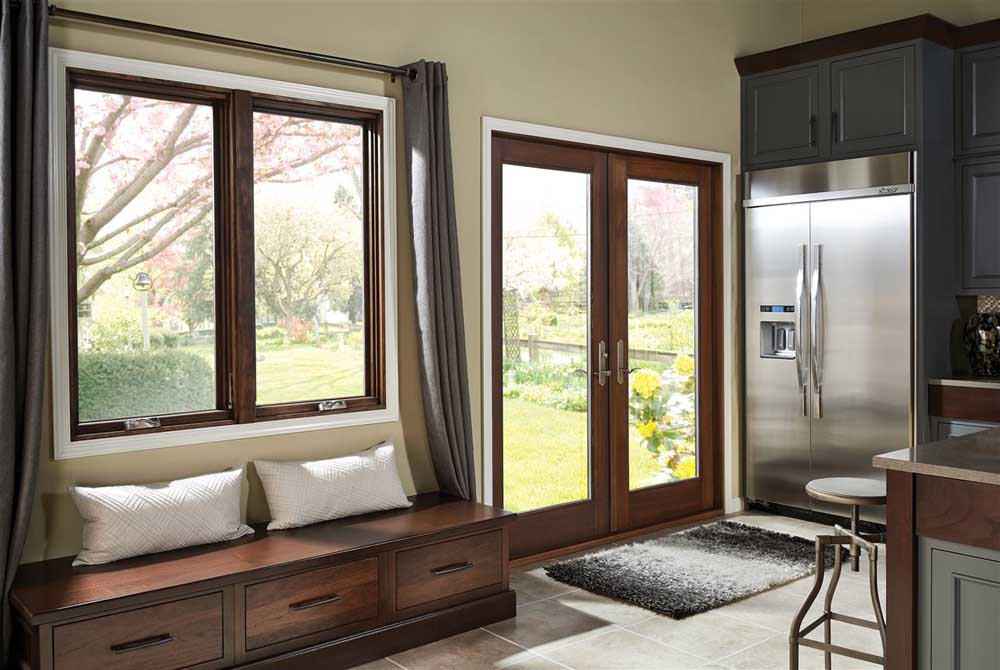Embrace the Benefits of Natural Light
Published 12:00 am Saturday, November 24, 2018

- Embrace the Benefits of Natural Light
(BP) — With daylight saving time in full effect, sunlight can be harder to come by. According to a recent study by the Environmental Protection Agency (EPA), people spend an average of 90 percent of their days indoors, so savoring every opportunity for natural sunlight is more important than ever, especially during the winter months. However, more time spent indoors and longer nighttime hours can mean fewer opportunities to soak up the benefits of natural light. But did you know that you can enjoy all the perks of natural lighting through simply upgrading or adding windows to your home?
When building new or completing a renovation project, consider adding more or larger windows to increase the amount of natural light allowed into a home and to enjoy the many health benefits that come along with it. Creating opportunities for increased natural light in your home provides the benefits of vitamin D while decreasing direct exposure to the sun and potential sun-related cancer risks.
Additionally, according to experts, sunlight can reduce blood pressure, help us cope with anxiety and stress, and protect against the effects of seasonal affective disorder felt most commonly in the winter. Allowing natural light into homes also helps to regulate circadian rhythms and sleep cycles, providing more energy and better focus. One study published in an online supplement to Sleep, the official publication of the Sleep Research Society, even showed that people exposed to more natural light during the day were able to sleep an average of 46 minutes more each night.
As you plan, it’s important to con-sider the direction your windows and patio doors face, to take full advantage of the available natural light. For example, south-facing windows will allow for the most winter sunlight, but little direct sun during the summer. Meanwhile, north-facing windows admit relatively even natural light, producing little glare and almost no unwanted summer heat gain. Finally, east- and west-facing windows admit good daylight in the morning and evening, respectively. However, these directions could create a glare and admit heat during the summer and contribute little solar heat during the winter.
Exposure to natural light through windows goes hand-in-hand with energy efficiency at home. Even though they may supply sufficient light, older windows (especially those with multiple panes of glass, as opposed to one large pane) are notorious for air leakage and allow heat to escape the home while letting in cold air. Homeowners who find themselves in the market for new windows should look for Energy Star–rated options, as well as windows that have argon or krypton gas fills and are made with special Low-E glass coatings.
You’ve seen the light, now it’s time to make a change.
Consider window options from quality manufacturers like Ply Gem that have a variety of window style options, customizable sizes, and plenty of energy-efficient benefits and certifications. If you decide to install or upgrade windows, keep in mind the following helpful tips:
To maximize daylight, comfort, and energy efficiency, be sure to identify the Energy Star climate zone you live in and select a window that meets your zone requirements.
To determine your home’s orientation and sun exposure, try using a compass app on your smartphone.
Hire a reputable contractor to help you select the right windows for your home and to ensure your windows are installed according to local building codes.
The Energy Trust of Oregon offers cash incentives to homeowners for installing energy upgrades, including new win-dows. For more information, visit energytrust.org.








